The New York Times is having a bit of a crisis. On the one hand, they appear to want to report accurately on the fast-growing school choice movement that is transforming the educational landscape in states like Florida, Indiana, and, most recently, Arizona. On the other hand, their exploration actually reflects the result and consequences that are embodied in a true school choice program, and they are unhappy about it. While they hone in on the latest government program in Arizona, which gives $7,200 to each student for parents to send them to a school of their choice, what they manage to accomplish is to identify a key issue that will help change the trajectory of the 2024 elections.
Voucher supporters say Arizona is giving options to families; critics say it is sucking money from public education in a state with middling academic outcomes and low public school funding.
“The mentality is this wild, wild west, maverick-y vibe,” said Beth Lewis, director of Save Our Schools Arizona, which fought the expansion. With universal vouchers, she added, “we are at the end point of this long game.”
So far, Arizona’s program is still small — 90 percent of students attend public schools — and it has not significantly shifted public school budgets. That is in part because many students in the program were already in private schools or home schools.
But the expansion — projected to cost $376 million next school year, paid for by the state’s general fund — is already creating new demand for private schools and sending more public money to middle and upper-income families and religious schools.
The vouchers come with little accountability.
Shorter: Nobody is putting restrictions on which schools get the largesse, and there is no controlling educational or governing body.
Unlike public schools, including charters, private schools and home-school parents are generally not required to administer state tests or report student outcomes.
Shorter: The current teachers’ unions’ standards do not apply; therefore, new standards and measures can be implemented.
“I’ve never seen anything that I think would fundamentally alter the nature of public education before this,” said Doug Harris, an economist at Tulane University who studies school choice. “Even charter schools, it was different. You had accountability. The students were still taking the same tests, collecting data.”
“This,” he added, “is very different.”
The NYT piece goes into how the majority of parents are choosing parochial and other religious schools over public education. Both forms of education have strings, but the NYT seems surprised that parents prefer the strings with traditional values over political and sexual indoctrination. The piece also employs a zip code method to make the point that the Arizona voucher program is enabling the well-heeled while lower-income students and parents are supposedly disenfranchised. They have no evidence to show that this is indeed the case. As both a student and as an adult, I often lived in well-to-do zip codes that did not reflect my family’s actual income level. What NYT is alleging is that if you’re lower income or live in a certain zip code, you are too dumb to go seek out this voucher option for yourself and your child.
So classist of them.
What this article really reflects is that the NYT does not appreciate that parents now have the control and the public education apparatus—government-run schools—no longer does. It’s all about their modes of control: their version of accountability, their state tests, and their measures of student outcomes.
If we look at student outcomes under the public education model, it has been found wanting. A debt of gratitude is owed to the egregious American Federation of Teachers president Randi Weingarten who led the charge on school lockdowns during the pandemic. According to a July 2023 NWEA report, our nation’s students are not regaining the ground lost in reading and math because of the deliberate and sustained closure of schools.
And in many cases, these academic gaps are getting wider.
The report, which analyzed test scores from 6.7 million U.S. public school students in grades 3-8, found that students are still making progress at a slower rate than their peers were pre-COVID.
The data suggest that interrupted learning time during the initial phase of school shutdowns has become a “compounding debt,” creating gaps that have made it harder for students to move forward, said Karyn Lewis, the director for the Center for School and Student Progress at NWEA, and one of the authors on the study.
On average, students will need the equivalent of 4.1 additional months of instruction in reading and 4.5 months in math to meet pre-pandemic levels of achievement, the report estimates.
Analyses of student test scores have repeatedly shown severe declines in academic achievement. For example, the most recent scores on the National Assessment of Educational Progress long-term trend test saw declines for 13-year-olds between the 2019-20 school year and the 2022-23 school year.
This report has only confirmed what parents knew during the pandemic and soon after. Coupled with the sexual and ideological agendas afoot in many school districts that have little to do with increasing students’ ability to read and do math and much to do with indoctrinating and destroying them, parents are fed up to the eyeteeth and embracing groups like American Federation for Children, National Coalition for Public School Options, The Center for Education Reform and many other school choice advocacy organizations that seek to break the stranglehold that the NEA and the AFT have had on the nation’s educational system.
School Choice is the 2024 Election issue and low-hanging fruit. The Republican Party would do well to fill up their basket.
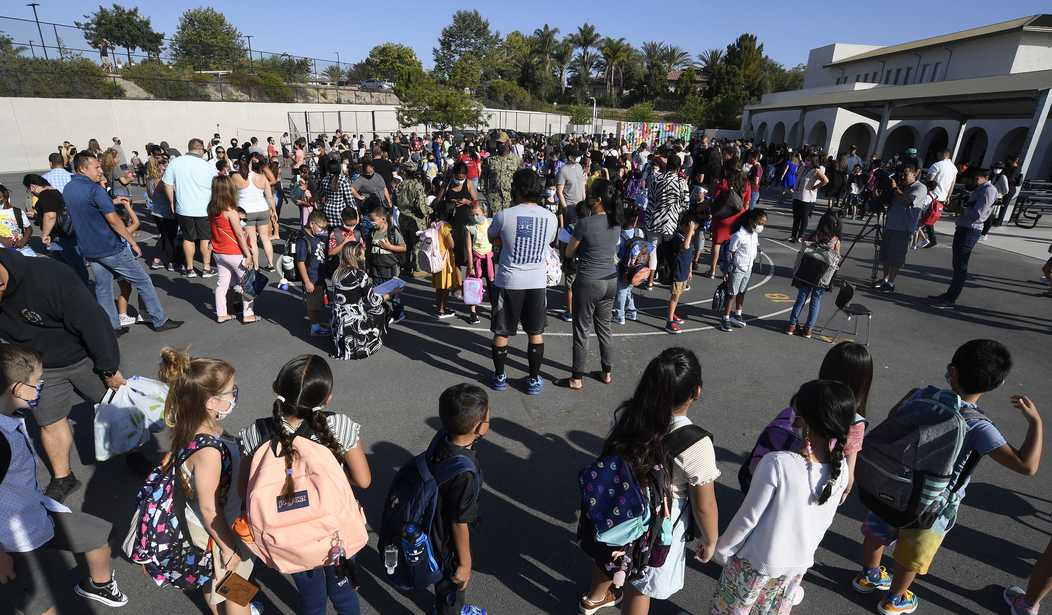



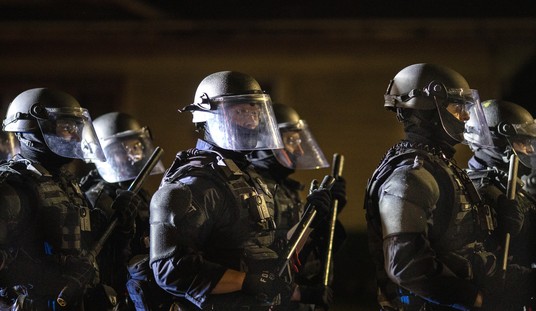
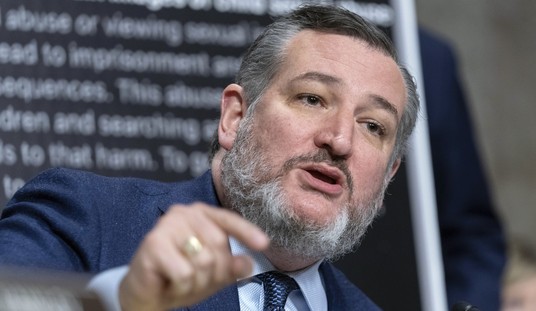

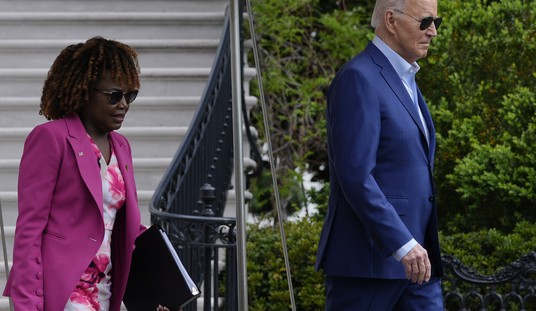






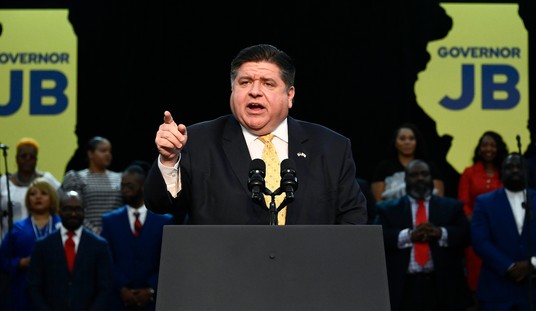
Join the conversation as a VIP Member